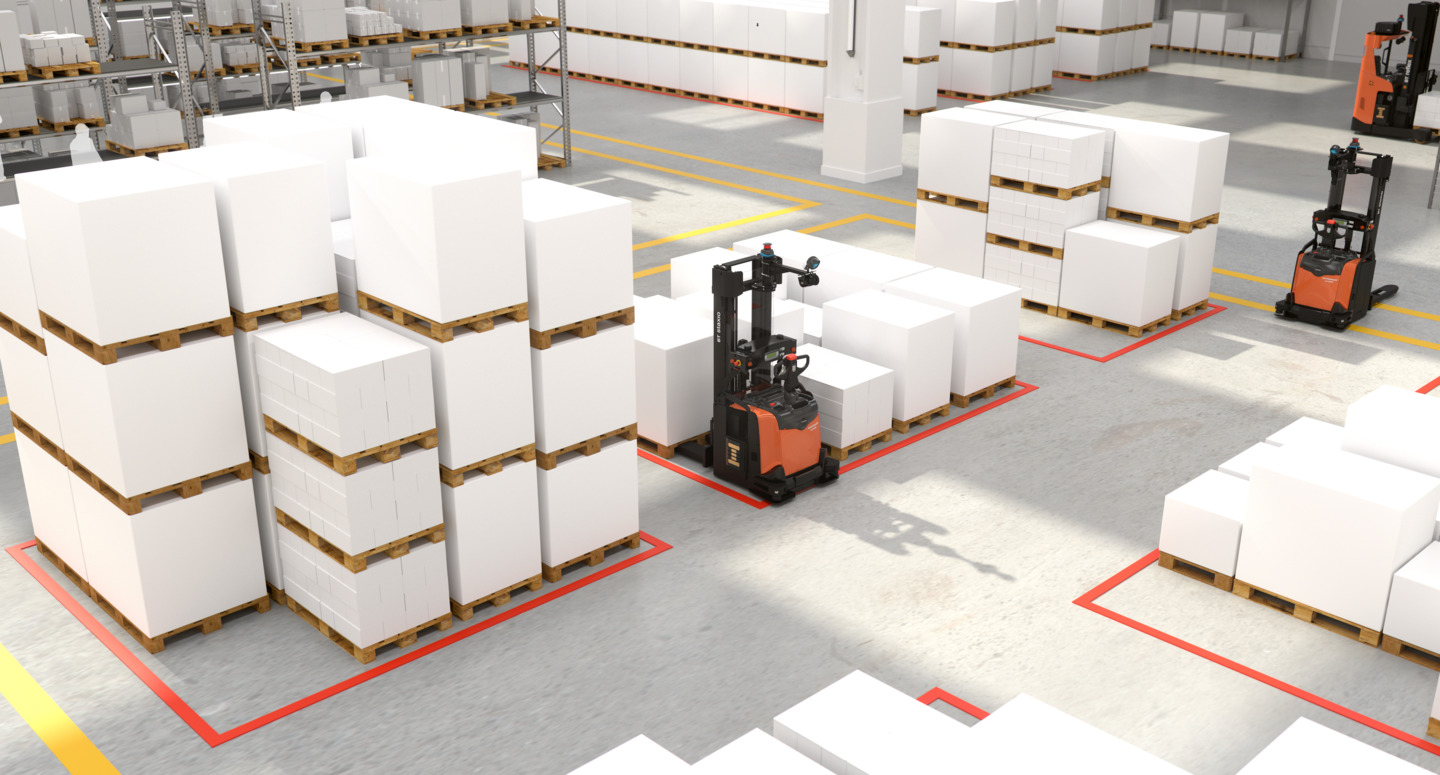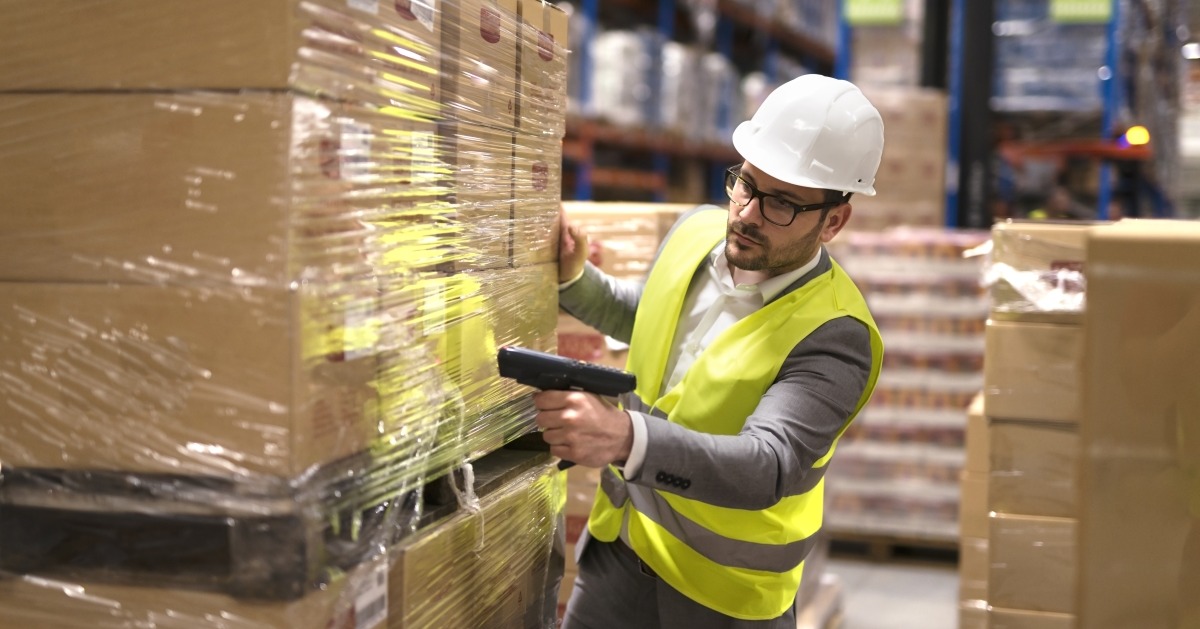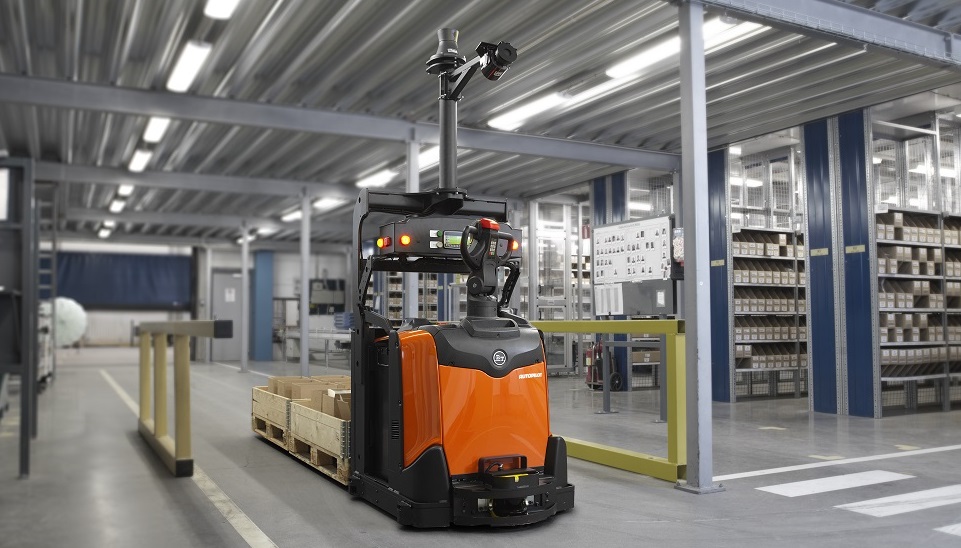Can warehouse automation help the beverage industry?
Increased demand and utilising space

With consumers demanding new brands and flavours all the time, drink manufacturers are continuously looking to add to their product offerings. As a result, across the beverage industry, SKU numbers have increased in recent years and this has left many manufacturers and distributors struggling to find the space needed to store growing ranges within their existing warehouses.
The need to make the most of every available square foot of storage capacity and move more inventory around the building with efficiency has made the idea of automating key intralogistics functions such as the transportation, more and more attractive to beverage distributors and manufacturers.
Combating labour shortages after the pandemic

The case for automation has been strengthened by the fact that the additional labour that would traditionally have been recruited to safely and cost-effectively handle the rising stock levels within beverage warehouses is becoming difficult and costly to attract.
The beverage industry is also dealing with the fall-out from the pandemic and the surge in e-commerce sales. Consumers have become used to buying drinks – particularly alcohol - online and having their orders delivered the same day.
Reducing accidents and injury with automation

The space constraints generated by the need to hold more SKUs and the shorter pick times needed to meet the delivery expectations of internet shoppers, plus the fact that the labour crisis is leaving companies with little alternative but to hire inexperienced warehouse personnel, have heightened the risk of the kind of accidents and damage to equipment, building infrastructure and stock – not to mention the injuries to workers.
Both soft and alcoholic drink manufacturers and distributors are under growing pressure to optimise storage solutions to make the most of the people and space they have available. Increasingly, this means deploying some form of automation.
The benefits of using automation
Improved safety
In a beverage warehouse the risk of serious injury to forklift operators, due to for example, a dropped pallet of wine cases, is significant.
Any possibility of driver-error is removed by the introduction of automation.
Automated forklift trucks follow a route around the warehouse that they have been programmed to follow, so the likelihood of an automated truck causing damage is virtually zero.
Cost saving
Given that human labour is already one of the most significant costs to a warehouse, for many this means switching to automation.
AGV’s – such as Toyota’s Autopilot series – offer several benefits
- Lower labour costs
- Reduction in damage to goods and infrastruture
- Increased productivity
These advantages bring a rapid return on investment. Toyota’s automated forklifts (AGV’s), for example deliver a typical ROI period of between 12 and 36 months.
Production efficiency
Automating repetitive manual warehouse functions gives management the comfort of knowing that the flow of materials through the store will continue uninterrupted.
Automation can also:
- Reduces the kind of damage to goods
- Deliver greater order picking accuracy
- Makes more efficient use of the available storage space
Improved safety
Cost saving
Production efficiency
Introduce automation to your warehouse

Automating aspects of your warehousing operation that follow a predictable pattern makes a lot of sense and relatively recent developments in automation technology have seen the emergence of flexible and scalable products that deliver a notably faster return-on-investment.
Adopting automation no longer requires every aspect of the warehouse or distribution centre to be automated – just the parts of it that will benefit most making it more affordable for a lot of SMEs.
Introducing warehouse automation has become a multi-phased project and by applying a systematic approach to identify the most common intralogistics functions and aspects of the material flow process, systems can be designed that fit the user’s needs and drive productivity.
